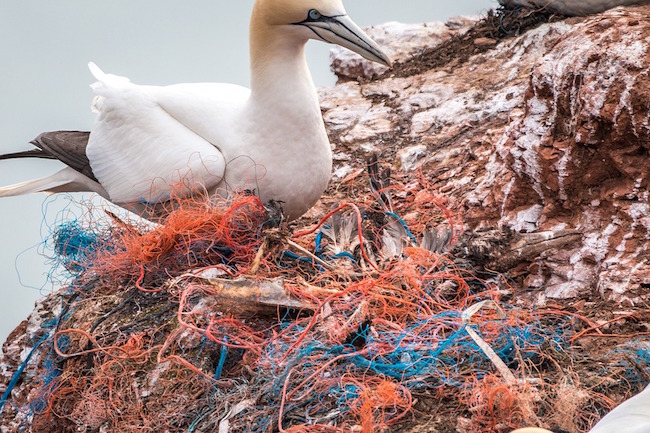More and more, America’s recyclable plastic is being burned, not recycled by Erin Elizabeth for Health Nut News
If you are one of the Americans that dutifully separates, sorts, and even hauls your recyclables to the curb- thank you. For a long time, our recyclables were kept out of our landfills, destined to become something else, in China.
“For decades, China couldn’t get enough of our precious plastic trash, which was transformed into new consumer products and packaging and sent back our way. In 2016 alone, Chinese manufacturers imported a staggering 7.3 million metric tons of recovered plastic from the U.S. and other waste-exporting nations. In total, roughly 70 percent of all plastic collected for recycling in the U.S. was once shipped to China for processing.”1
We all need to ditch the plastic water bottles. Tap water almost always as good! Use filter if necessary. https://t.co/mOLke0IP7R
— Laura Ingraham (@IngrahamAngle) April 25, 2019
However, that all changed in 2018 when the Chinese government implemented “National Sword,” a globally disruptive policy that’s seen China’s plastic imports fall by 99 percent. It seems Chinese manufacturers are now using domestic waste for their raw materials.
But here in the U.S., most municipal recycling programs are really just getting their footing and many have scaled back. Sadly, for communities without alternative markets to offload plastic, recyclable waste is staying put and being disposed of by other means, including being dumped in landfills or hauled to waste-to-energy incineration facilities.1
And incineration seems to be the easiest method. Although it is doubtless the most costly to the environment.
“Although it generates more energy when incinerated, burning petroleum-based plastic can be more polluting than run-of-the-mill household solid waste. This is particularly true with regard to the release of highly toxic dioxins. Older incineration plants in the U.S. are also designed differently than clean-burning ones found in Scandinavia, which employ advanced emissions-control technologies to more effectively trap dangerous air pollutants (and sometimes feature snazzy artificial ski runs on their roofs.)
Simply put, while incinerating plastic may help tamp down one environmental nightmare, it can contribute to an entirely different one.”1




